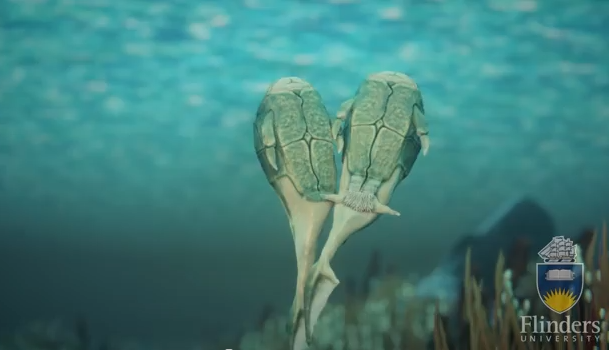
Scientists have discovered the origins of sex, and like anyone’s first time it sounds pretty awkward.
Now light some candles and let’s set the scene: The first act of copulation occurred in the nippy Scottish sea some 385 million years ago. The fornicators in question were a set of primitive jawed, bony fish aptly called Microbrachius dicki. The dirty details? Well, according to Australian paleontologist John Long, “With their arms interlocked, these fish looked more like they are square dancing the do-se-do rather than mating.”
Not only had scientists previously thought that the first sex act occurred on land at a later date, but Long says, “We didn’t expect these little suckers to have reproductive organs.”
But the M. Dicki were endowed, as is explained by Long and his colleagues in a paper that was published in Nature Monday. Although their genitalia are not described in romantic terms.
Long, a professor at Flinders University, explained to the BBC that the fish’s arms linked them together, “so the male can get this large L-shaped sexual organ into position to dock with the female’s genital plates, which are very rough like cheese graters. They act like Velcro, locking the male organ into position to transfer sperm.”
This is also the first species that displayed a different appearance between the male and female.
More Must-Reads From TIME
- What Student Photojournalists Saw at the Campus Protests
- How Far Trump Would Go
- Why Maternity Care Is Underpaid
- Saving Seconds Is Better Than Hours
- Welcome to the Golden Age of Ryan Gosling
- Scientists Are Finding Out Just How Toxic Your Stuff Is
- The 100 Most Influential People of 2024
- Want Weekly Recs on What to Watch, Read, and More? Sign Up for Worth Your Time
Contact us at letters@time.com